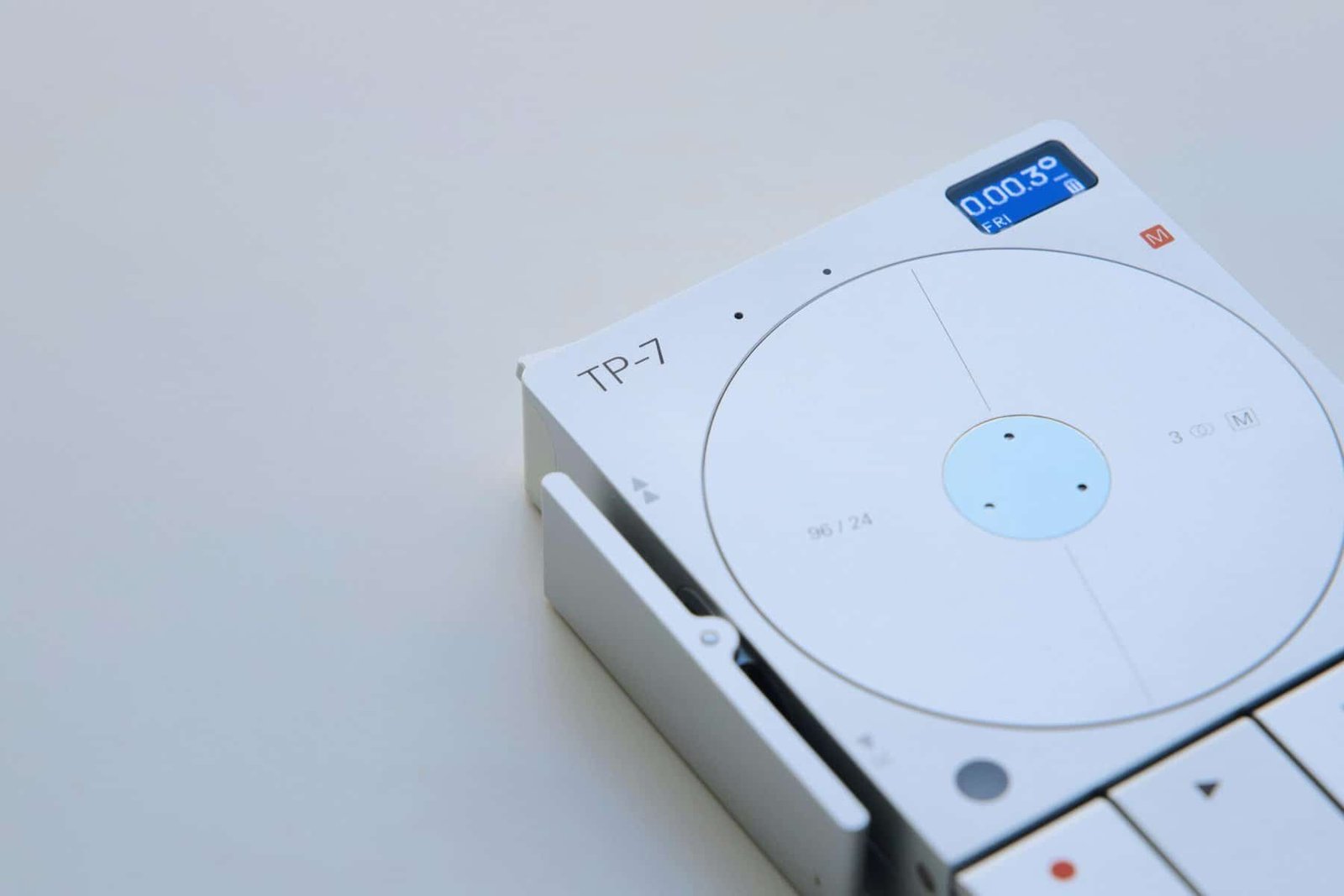So, you’ve decided to take on the exciting task of installing basketball equipment yourself – kudos to you! But before you embark on this DIY adventure, it’s important to know exactly what tools and equipment you’ll need to bring your basketball dreams to life. From measuring tapes to drills and wrenches, this article will guide you through the essential items required to successfully install your own basketball equipment. Say goodbye to relying on others and hello to the satisfaction of accomplishing this project on your own!
Site Preparation
Leveling the ground
Before installing a basketball system, it is important to ensure that the ground is properly leveled. This will not only provide a stable base for the system but also ensure an even playing surface. To level the ground, you will need a few essential tools such as a shovel, wheelbarrow, and rake.
Start by removing any existing debris such as rocks, branches, or shrubs from the area where you plan to install the basketball system. Use the shovel to dig up any uneven patches of soil and fill in any low spots. Once the ground is cleared, use the rake to smooth out the surface, removing any bumps or lumps.
Clearing the area
Clearing the area is another crucial step in preparing the site for the basketball system installation. This involves removing any obstacles that may hinder the installation process or pose a safety risk while playing.
Inspect the area and remove any objects like large rocks, tree stumps, or garden furniture that could be in the way. Trim overhanging branches or foliage that may obstruct the court dimensions or interfere with gameplay. It is important to provide a safe and open space for players to enjoy the game without any obstructions.
Measuring the court dimensions
Accurate measurements of the court dimensions are essential to ensure that you have enough space for a proper basketball playing area. The standard court dimensions for a half-court setup are 47 feet by 50 feet, while a full court requires a larger space of 94 feet by 50 feet.
To measure the court dimensions, you will need a measuring tape. Start by marking the center of the court, which is 23.75 feet from the baseline. Measure and mark the three-point line, which is 22 feet from the center of the hoop. Use the measuring tape to mark the free-throw line, which is 15 feet from the backboard. Lastly, mark the key and sidelines to complete the court markings.
Assembling the Basketball System
Choosing the right location
Selecting the right location for your basketball system is crucial for a safe and enjoyable playing experience. Look for a flat and open area where there are no obstructions such as trees or buildings. Make sure to choose a location that allows for sufficient space around the court to ensure players are not restricted in their movements.
Consider factors such as sunlight and shade when choosing the location. Having the basketball system in a shaded area can provide relief during hot summer days. Additionally, ensure that the location is easily accessible for maintenance and repositioning if necessary.
Digging a hole for the pole
Once you have chosen the location, it’s time to dig a hole for the pole. This hole will anchor the basketball system and provide stability during gameplay. You will need a shovel, measuring tape, and a level for this task.
Measure the required depth and diameter of the hole according to the manufacturer’s instructions. Typically, a hole that is 2 feet deep and 1.5 feet in diameter will suffice. Use the shovel to dig the hole, ensuring that it is deep enough to provide a stable base for the pole.
Inserting the anchor kit
To secure the basketball pole in the hole, you will need an anchor kit. The anchor kit typically consists of a metal sleeve and screws. Insert the metal sleeve into the hole, making sure it is level with the ground. Secure the sleeve by fastening the screws tightly.
The anchor kit provides stability to the pole and prevents it from leaning or wobbling during gameplay. Ensure that the anchor kit is securely installed to ensure the safety of players.
Attaching the backboard to the pole
After securing the pole in place, it’s time to attach the backboard. The backboard is an essential component of the basketball system, providing a surface for players to aim and shoot the ball. To attach the backboard, you will need a wrench set, socket set, and screwdriver.
Follow the manufacturer’s instructions to attach the backboard to the pole. This may involve inserting bolts through pre-drilled holes and tightening them securely using the wrench set or socket set. Ensure that the backboard is attached firmly to the pole to prevent any wobbling during gameplay.
Installing the rim and net
The final step in assembling the basketball system is installing the rim and net. The rim is the circular hoop that the players aim to shoot the ball through, and the net catches the ball after successful shots. For this step, you will need a power drill and screws.
Attach the rim to the backboard according to the manufacturer’s instructions. This will typically involve drilling holes and screwing in the bolts provided. Make sure the rim is securely attached to the backboard.
Once the rim is in place, attach the net by looping it through the hooks on the rim. Adjust the net so that it hangs freely and evenly from the rim. Congratulations! Your basketball system is now fully assembled and ready for use.

Anchoring the Pole
Mixing the concrete
Anchoring the pole of the basketball system requires the use of concrete. To start, you will need a mixing paddle, bucket, and water source. Follow the manufacturer’s instructions to determine the appropriate amount of concrete mix needed.
Pour the dry concrete mix into the bucket, and gradually add water while stirring with the mixing paddle. Continue mixing the concrete until it reaches a smooth and thick consistency. Avoid adding too much water, as this may weaken the concrete.
Pouring the concrete
With the concrete mixture prepared, it’s time to pour it into the hole. Have a friend assist you in holding the pole steady while pouring the concrete around it. Fill the hole with the concrete, ensuring that it completely covers the anchor kit and extends above the ground by a few inches.
Smooth out the surface of the concrete using a trowel, ensuring it is level and flush with the surrounding area. Take your time to ensure a neat and professional finish. Avoid touching or disturbing the concrete while it is still wet.
Ensuring proper alignment
While the concrete is still wet, it’s crucial to check the alignment of the basketball pole. Ensure that the pole is perfectly vertical and aligned with the court markings. Use a level to double-check the alignment from different angles.
Adjust the position of the pole if necessary, taking care not to disturb the wet concrete. It’s important to get the alignment right during this stage, as it will be challenging to make adjustments once the concrete has cured.
Allowing the concrete to cure
After pouring the concrete and ensuring proper alignment, allow it to cure for the recommended period of time. This typically ranges from 24 to 48 hours, but refer to the manufacturer’s instructions for the specific curing time.
During the curing process, it’s important to keep the area around the concrete moist. This can be done by periodically spraying water over the concrete surface or covering it with a damp cloth. Proper curing will enhance the strength and durability of the anchored pole.
Marking the Court Lines
Using measuring tape and chalk
To mark the court lines, you will need a measuring tape and chalk line reel. The chalk line reel will ensure that the lines are straight and consistent throughout the court.
Start by measuring and marking the center of the court, using the measuring tape. From the center point, measure and mark the three-point line, which is 22 feet from the hoop. Similarly, measure and mark the free-throw line, which is 15 feet from the backboard.
Marking the free-throw line
To mark the free-throw line, use the chalk line reel. Attach the chalk line to two points on either side of the court, where the free-throw line will be. Pull the chalk line tight and snap it, leaving a straight and visible line on the ground.
Repeat this process to mark the three-point line and the half-court line, ensuring accuracy and clarity in the markings.
Marking the three-point line
The three-point line is an important boundary that determines the scoring value of shots taken beyond that line. Use the measuring tape to measure the appropriate distance from the hoop, which is typically 22 feet.
Place the chalk line reel at the designated points on the court. Pull the chalk line across and snap it to create a straight line, clearly indicating the three-point boundary.
Marking the half-court line
The half-court line divides the court into two equal halves. Measure the distance from the center of the court and mark the half-court line using the chalk line reel. Double-check the measurements to ensure accuracy and alignment with the court dimensions.
Marking the key and sidelines
The key and sidelines are crucial markings that define the boundaries of the court. Use the measuring tape to determine the appropriate distances and chalk line reel to mark them.
Measure and mark the key, which includes the key area and restricted area. The key area extends 6 feet from the baseline, while the restricted area extends 4 feet from the baseline. Mark the sidelines by measuring and marking the outer boundaries of the court.

Adding Safety Features
Installing padding on the pole
For added safety, it is recommended to install padding on the basketball pole. This helps to prevent any injuries that may occur from accidental collisions with the pole during gameplay. The padding can be made of foam or rubber and is typically available in various lengths.
Wrap the padding around the pole, ensuring a secure and snug fit. Use adhesive or fasteners to attach the padding securely. Make sure that the padding completely covers any exposed areas of the pole to minimize the risk of injury.
Adding pole and backboard padding
To further enhance safety, consider adding padding to the pole and backboard. Pole padding is particularly important to protect players from potential impact injuries during aggressive gameplay or accidental contact.
Similarly, backboard padding can cushion any accidental collisions with the backboard. These padding options are typically available in various sizes and can be attached using adhesive or fasteners.
Attaching a backboard edge guard
Another safety feature to consider is a backboard edge guard. The edge guard provides an added layer of protection, preventing players from accidentally hitting the sharp edges of the backboard. This guard is typically made of foam or rubber and is easily attached to the edges of the backboard.
Ensure that the backboard edge guard is securely fastened and covers the entire perimeter of the backboard. This will significantly reduce the risk of injuries resulting from contact with the backboard edges.
Leveling and Adjusting
Checking the level of the basketball system
Proper leveling of the basketball system is crucial to ensure fair gameplay and prevent any disadvantages for players. Use a level to check that the pole and backboard are completely vertical, ensuring that the hoop is at the right height.
Adjust the leveling if necessary by loosening the necessary bolts or screws and making the required adjustments. Once the basketball system is level, tighten the bolts or screws to secure the position.
Adjusting the height of the rim
The height of the rim can be adjusted to suit different age groups or skill levels. Follow the manufacturer’s instructions to adjust the height of the rim according to your preferences.
Typically, a basketball rim can be adjusted to various heights, ranging from 7.5 feet to the standard height of 10 feet. Use the appropriate tool, such as a wrench or socket set, to loosen the adjustment mechanism and raise or lower the rim as desired. Secure the rim in the new height position by tightening the adjustment mechanism.

Tools for Site Preparation
Shovel
A shovel is an essential tool for leveling the ground and digging holes during the installation process. It is useful for removing debris and vegetation, as well as shaping the ground to create a level playing surface.
Wheelbarrow
A wheelbarrow is helpful for transporting materials such as concrete mix, soil, or gravel. It allows you to easily move heavy loads across the installation site, saving time and effort.
Rake
A rake is essential for preparing the ground by leveling and smoothing out the surface. It helps to remove any bumps or lumps, ensuring a flat and even playing area.
Measuring tape
A measuring tape is crucial for accurately marking the court dimensions and ensuring that the lines are properly aligned. It allows you to measure distances precisely and mark the court boundaries accordingly.
Level
A level is necessary for checking the vertical alignment of the basketball system, ensuring that the pole and backboard are straight. It helps to ensure fair gameplay and prevents any disadvantages caused by a tilted system.
Tools for Assembling the Basketball System
Wrench set
A wrench set is essential for tightening bolts and nuts during the assembly process. It allows you to securely attach components such as the backboard, rim, and pole.
Socket set
A socket set is useful for assembling the basketball system, particularly when dealing with nuts and bolts that require a socket wrench. It provides a more secure grip and allows for easier tightening.
Screwdriver
A screwdriver is needed for attaching components that require screws. It helps to fasten parts securely and ensure the stability of the basketball system.
Power drill
A power drill can be used to facilitate the installation process by quickly drilling holes and driving screws. It saves time and effort compared to manual screwdrivers.
Tools for Anchoring the Pole
Mixing paddle
A mixing paddle is used to mix the concrete properly, ensuring a smooth and consistent mixture. It can be attached to a power drill or used manually to achieve the desired concrete texture.
Bucket
A bucket is used to hold and mix the concrete. It provides a convenient container for preparing the concrete mixture before pouring it into the hole.
Trowel
A trowel is necessary for spreading and smoothing the concrete inside the hole. It helps to create a level surface and ensures that the concrete is evenly distributed around the anchor kit.
Tools for Marking the Court Lines
Measuring tape
A measuring tape is required to accurately measure and mark the court dimensions, including the free-throw line, three-point line, and half-court line. It ensures that the court lines are properly aligned and comply with regulation measurements.
Chalk line reel
A chalk line reel is used to create straight and visible lines on the court. It allows for accurate and consistent markings, ensuring that the court lines are clearly defined.

